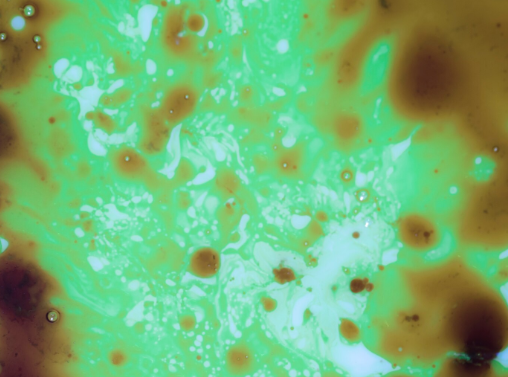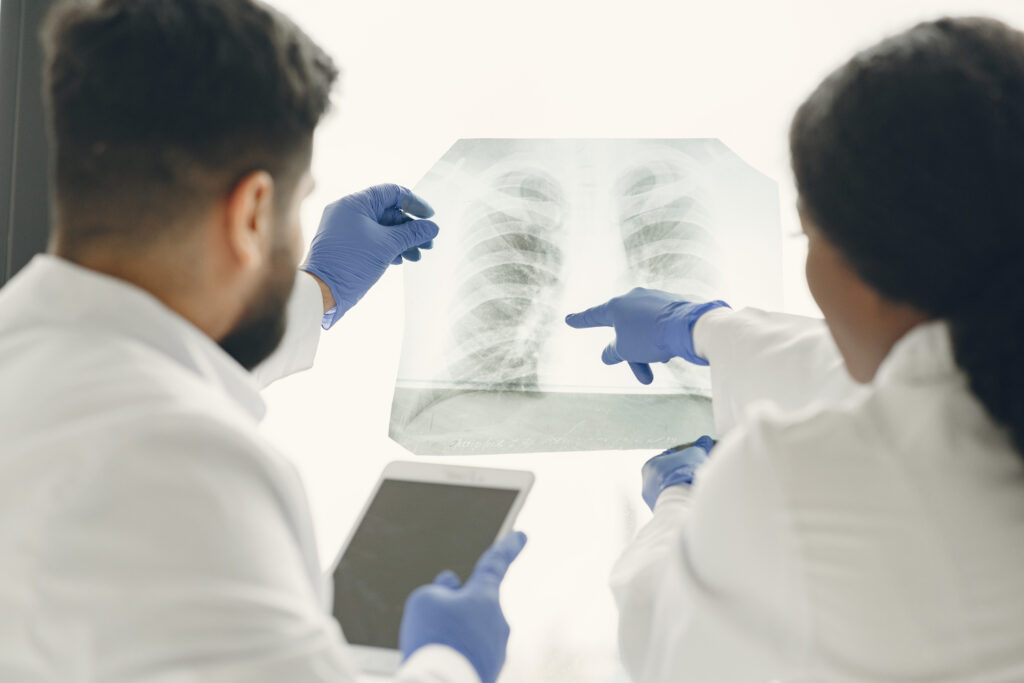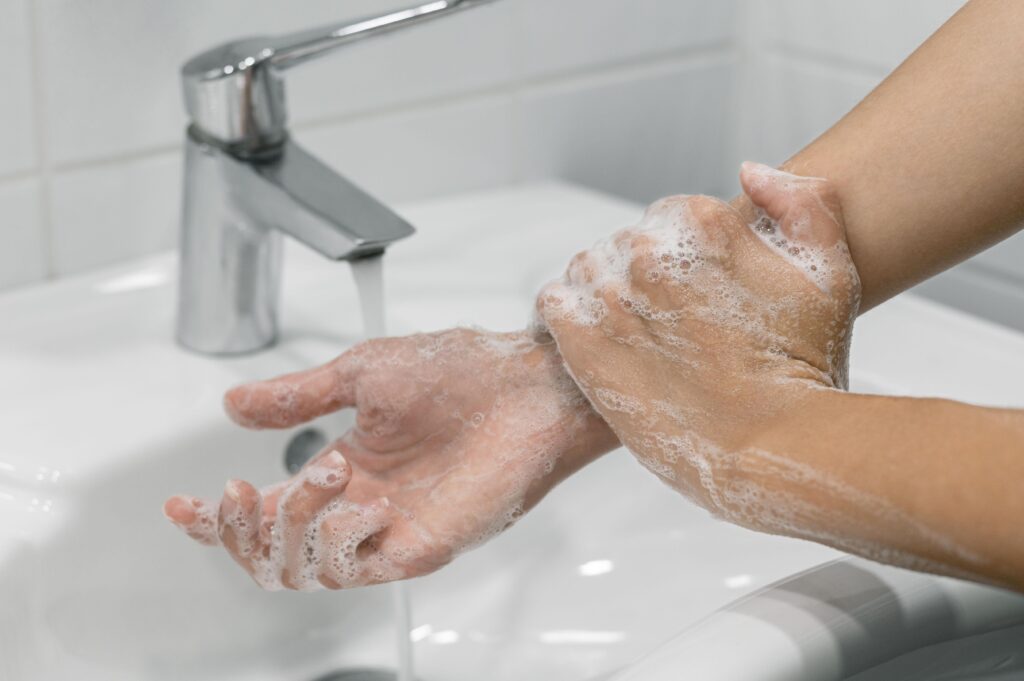
By Kolleen Rayne
You may have seen scary headlines about a deadly disease called the plague making a comeback. Some posts online are calling it the next big outbreak. Others are spreading false facts that only cause panic. So what is really going on with the pneumonic plague? Should you be worried?
Let’s break it down.
What Is the Pneumonic Plague?
Pneumonic plague is a serious lung infection caused by the Yersinia pestis bacteria. It spreads from person to person through respiratory droplets from coughing or sneezing. It does not depend on fleas or animals to spread.
If not treated, pneumonic plague can be deadly in just 18 to 36 hours AP NewsPeople.com+1Midland Reporter-Telegram+1. But the good news is that it can be treated with antibiotics if caught early.
Why It’s News Now
Health officials in northern Arizona recently confirmed a new fatal case of pneumonic plague. The person was rushed to Flagstaff Medical Center and died on July 11, 2025 AP News+5People.com+5The Washington Post+5. This is the first death from pneumonic plague in that county since 2007 Indiatimes+2AP News+2The Times of India+2.
Although the plague is rare in the U.S., it does average just seven cases a year, mostly in rural western states Indiatimes+4The Washington Post+4AP News+4.

Symptoms to Watch For
Symptoms usually start 1 to 4 days after exposure and can feel like the flu at first:
- Fever and chills
- Headache and weakness
- Chest pain and shortness of breath
- Cough, sometimes with bloody or watery mucusThe Economic TimesTIME+6The Washington Post+6People.com+6
If untreated, pneumonic plague can progress very fast—potentially making you much sicker in less than two days Yahoo+6The Washington Post+6People.com+6.

What You Can Do to Stay Safe
You do not need to panic, but here are smart steps to protect yourself:
1. Get Facts From Real Sources
Only trust reliable health websites like the CDC and the WHO. Ignore scary rumors and social media posts.
2. Avoid Wild Animals and Fleas
Many plague cases start when people handle sick or dead rodents like prairie dogs or squirrels. Also, use insect repellent with 20–30% DEET and tuck your pant legs into socks if you are outdoors in risky areas AOL.com+1The Economic Times+1People.com.
3. Keep Good Hygiene Habits
Wash your hands often. Cover your mouth when coughing or sneezing. Stay away from people who seem sick with flu‑like symptoms.
4. Be Careful When Traveling
If going to rural western states like Arizona or New Mexico, wear a mask in crowded places and avoid contact with sick people or animals.
Final Thoughts
Yes, pneumonic plague is serious—but it is also rare, treatable, and very preventable. This article is here to cut through the fear and give you clear, fact‑based steps to stay safe.
When you stay calm and follow trusted advice you protect yourself and your loved ones.




